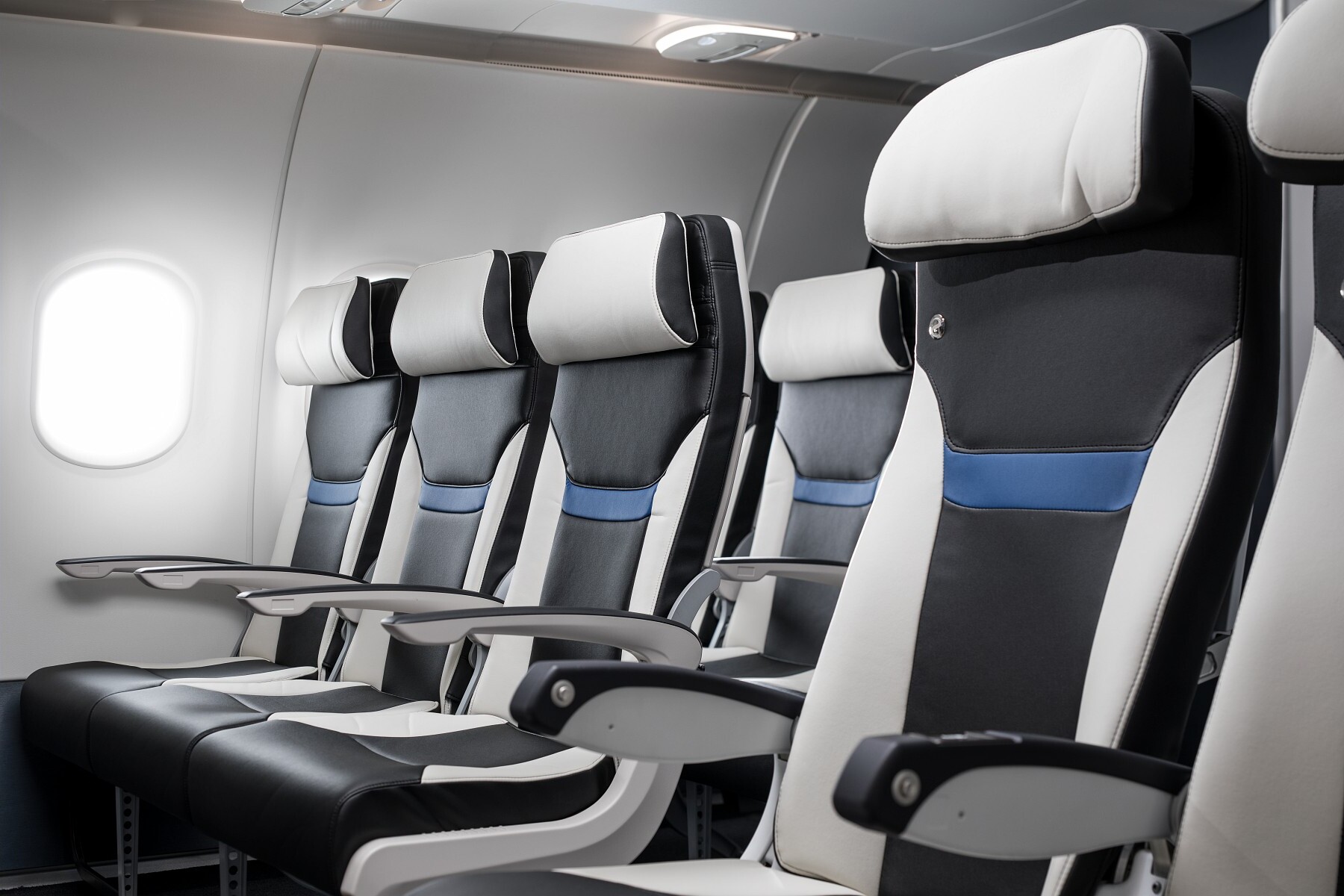
Ever wondered what makes flying so comfortable or, sometimes, not so much? Aircraft interiors play a huge role in your in-flight experience. From the seats you sit in to the lighting above, every detail is meticulously planned. But what goes into designing these spaces? How do airlines decide on seat materials, legroom, or even the color scheme? Aircraft interiors are more than just aesthetics; they involve engineering, psychology, and even a bit of art. Curious about the secrets behind those cabin designs? Let's dive into some intriguing facts that might just change how you see your next flight. Buckle up!
Key Takeaways:
- Aircraft interiors have evolved from wicker seats to luxurious cabins, reflecting advancements in technology and passenger comfort.
- Modern aircraft interiors prioritize passenger comfort, safety, and efficiency, with innovations like mood lighting, lie-flat seats, and larger overhead bins.
The Evolution of Aircraft Interiors
Aircraft interiors have come a long way since the early days of aviation. From basic seating to luxurious cabins, the changes reflect advancements in technology and passenger expectations.
-
Early aircraft had wicker seats. These lightweight seats were used to keep the aircraft's weight down, but they offered little comfort.
-
The first in-flight meal was served in 1919. Passengers on a Handley-Page flight from London to Paris enjoyed a pre-packed lunch box.
-
In the 1950s, airlines introduced pressurized cabins. This allowed planes to fly at higher altitudes, providing a smoother ride and reducing travel time.
Modern Comforts and Innovations
Today's aircraft interiors are designed with passenger comfort and convenience in mind. Innovations continue to enhance the flying experience.
-
Mood lighting helps reduce jet lag. Modern aircraft use LED lighting that can simulate different times of day, helping passengers adjust to new time zones.
-
Lie-flat seats are now common in business class. These seats can recline into a flat position, allowing passengers to sleep more comfortably on long-haul flights.
-
In-flight entertainment systems have evolved. Early systems featured a single movie for all passengers, but now, individual screens offer a wide selection of movies, TV shows, and games.
Safety and Efficiency
Safety and efficiency are crucial aspects of aircraft interior design. Engineers and designers work together to ensure that interiors meet strict safety standards while maximizing space and functionality.
-
Seat materials are fire-resistant. Regulations require that all materials used in aircraft interiors, including seat fabrics and cushions, must be able to withstand fire.
-
Overhead bins have become larger. Modern aircraft feature larger overhead bins to accommodate more carry-on luggage, reducing the need for checked baggage.
-
Lavatories are more efficient. New designs use less water and feature touchless controls to improve hygiene and reduce maintenance.
The Future of Aircraft Interiors
As technology continues to advance, the future of aircraft interiors looks promising. Innovations will likely focus on enhancing passenger comfort and reducing environmental impact.
- Virtual windows are being tested. Some aircraft are experimenting with virtual windows that use cameras and screens to provide passengers with a view, even if they are seated in the middle of the plane.
Final Look Inside Aircraft Interiors
Aircraft interiors have come a long way from basic seats and minimal amenities. Modern cabins now offer luxury, comfort, and technology that make flying more enjoyable. From ergonomic seats to advanced entertainment systems, airlines are constantly improving the passenger experience. LED lighting helps reduce jet lag, while innovative materials make cabins lighter and more fuel-efficient. Wi-Fi and USB ports keep travelers connected, and personalized service adds a special touch. Safety features have also evolved, ensuring passengers are secure throughout their journey. Understanding these advancements gives us a greater appreciation for the effort that goes into making air travel comfortable and safe. Next time you board a plane, take a moment to notice the details that enhance your flight. These innovations are not just about luxury but also about making every journey as pleasant as possible.
Frequently Asked Questions
Was this page helpful?
Our commitment to delivering trustworthy and engaging content is at the heart of what we do. Each fact on our site is contributed by real users like you, bringing a wealth of diverse insights and information. To ensure the highest standards of accuracy and reliability, our dedicated editors meticulously review each submission. This process guarantees that the facts we share are not only fascinating but also credible. Trust in our commitment to quality and authenticity as you explore and learn with us.


